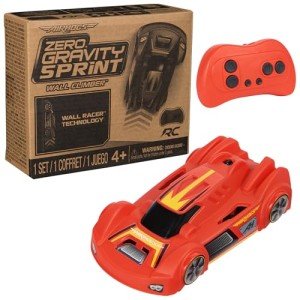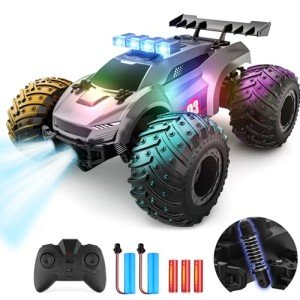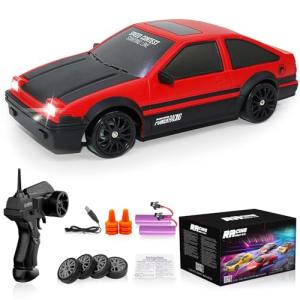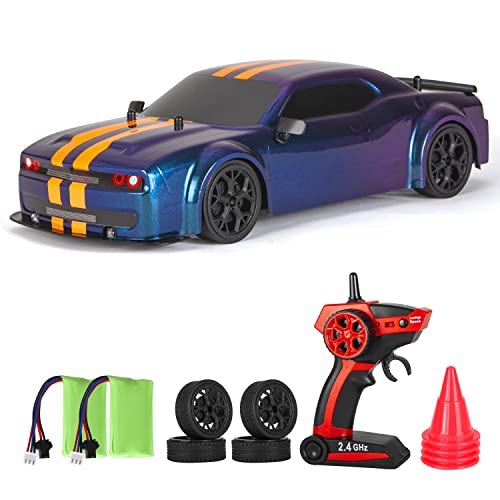RC Cars: Battery vs. Nitro - A Comprehensive Comparison
Remote-controlled (RC) cars have captured the imaginations of enthusiasts from young children to seasoned hobbyists. With technology evolving, the choice between battery-operated (electric) RC cars and nitro-powered ones has become a central discussion point for both beginners and experts. Here's a detailed look at the pros and cons of each type.
Battery-Operated (Electric) RC Cars
Pros:
-
Ease of Use: Electric RC cars are simpler to operate. They require less maintenance since there's no need for fuel mixing or complex engine tuning. This makes them ideal for beginners or those looking for a hassle-free experience.
-
Quiet Operation: Electric motors produce far less noise than nitro engines, making them suitable for use in noise-sensitive environments like neighborhoods or during quiet hours. This also contributes to less disturbance to wildlife or pets.
-
Instant Torque: Electric cars offer instant torque, providing quick acceleration from a standstill, which is excellent for racing or performing stunts.
-
Environmental Impact: With no fuel combustion, electric RC cars emit no exhaust, making them a cleaner option for indoor use and reducing their carbon footprint.
-
Cost-Effectiveness: Initially, batteries might seem costly, but over time, they can be more economical as there's no ongoing cost for nitro fuel. Additionally, batteries can be recharged, reducing waste.
Cons:
-
Run Time: Battery life is limited, and once discharged, you need to recharge or swap batteries, which can interrupt playtime.
-
Performance Limitations: While technology has improved, electric cars still generally offer less top speed and might have less power than nitro cars, particularly in the higher classes of RC racing.
-
Charging Time: Depending on the battery type, charging can take anywhere from 30 minutes to several hours, which isn't ideal for non-stop action.
-
Weight: Battery packs add weight to the car, potentially affecting handling and agility, although this can be mitigated with design and placement.
Nitro-Powered RC Cars
Pros:
-
High Performance: Nitro cars are renowned for their raw power, offering higher speeds and acceleration that can't be matched by most electric models. This makes them a favorite for those seeking the ultimate racing experience.
-
Longer Run Times: With a full tank, nitro cars can run for longer periods without the need for recharging or battery swaps, providing more uninterrupted fun.
-
Realistic Engine Sound: The roar of a nitro engine adds to the realism and excitement, mimicking real car sounds which is a big draw for enthusiasts.
-
Refueling Flexibility: You can refuel a nitro car during a session, allowing for continuous running with minimal downtime compared to waiting for batteries to charge.
Cons:
-
Complexity: Nitro cars require more skill to maintain. Tuning the engine, mixing fuel, and ensuring all parts are in sync can be daunting for beginners.
-
Noise and Pollution: The loud engine noise and emission of exhaust fumes make nitro cars less suitable for indoor use or in noise-restricted areas, necessitating good ventilation.
-
Cost: Initial setup costs for a nitro car can be higher due to the need for fuel, special tools, and possibly more frequent repairs or parts replacements.
-
Environmental Concerns: Burning nitro fuel is less environmentally friendly than using electricity, contributing to air pollution.
-
Learning Curve: Mastering a nitro car involves understanding engine mechanics, which can be a barrier for those new to RC hobbies.
Conclusion:
Choosing between battery-operated and nitro-powered RC cars ultimately depends on what you value most in your RC experience. If you prioritize ease of use, environmental considerations, and quiet operation, electric cars are the way to go. However, if you're after high-octane performance and the tactile feedback of a real engine, nitro cars offer an exhilarating ride. Each type has its place in the RC world, catering to different aspects of hobbyist needs and preferences.




